High School Built On Top Of Gigantic Cache Of Fossils
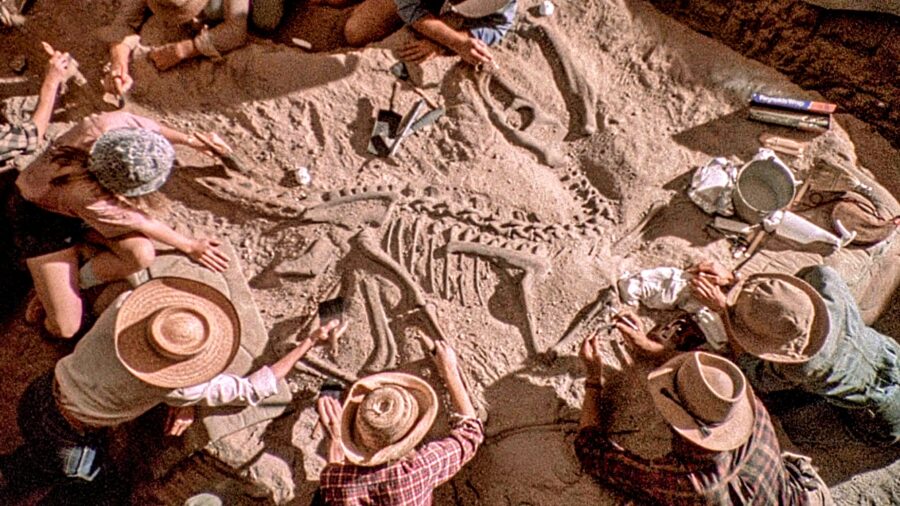
Construction workers digging a trench for a renovation project at an LA high school unearthed a gigantic cache of fossils in 2022. Now, researchers at the site are saying it’s a once-in-a-lifetime discovery of a whole ecosystem of marine life fossils. The fossils represent at least two distinct eras of habitation, from 120,000 and 8.7 million years ago, including the remains of more than 200 species.
Megalodon And More
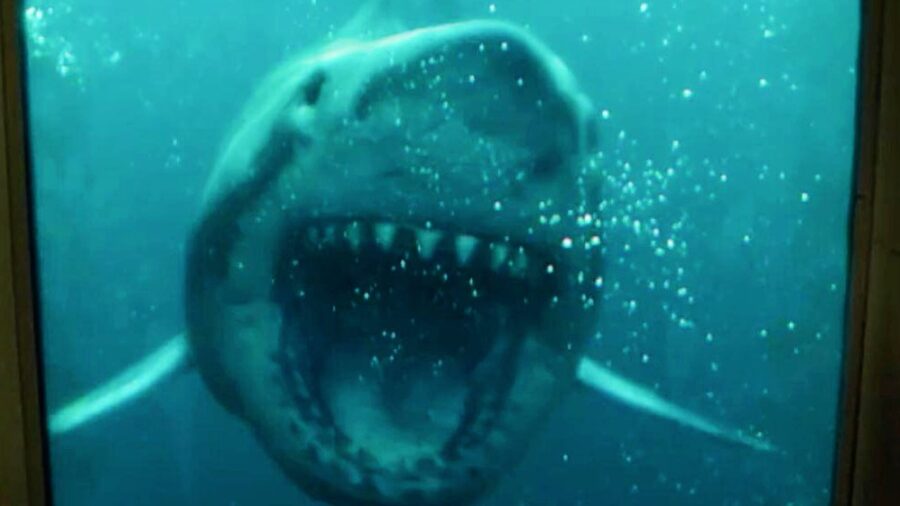
Researchers excavating the site at the LA school found the newer fossils first–those dating back to about 120,000 years ago–in the area of the construction trench. As the dig continued, a second layer of fossils dating back to about 8.7 million years ago was uncovered.
Most of the more recent fossils are shells from the Pleistocene era, while the older fossils from the Miocene era are mostly bone, including the bones of a saber-toothed salmon and the giant prehistoric shark known as a megalodon. The two fossil beds have yielded literally tons of fossils, most of which are being transported to the Museum of Natural History of LA County for analysis.
200 Species Identified
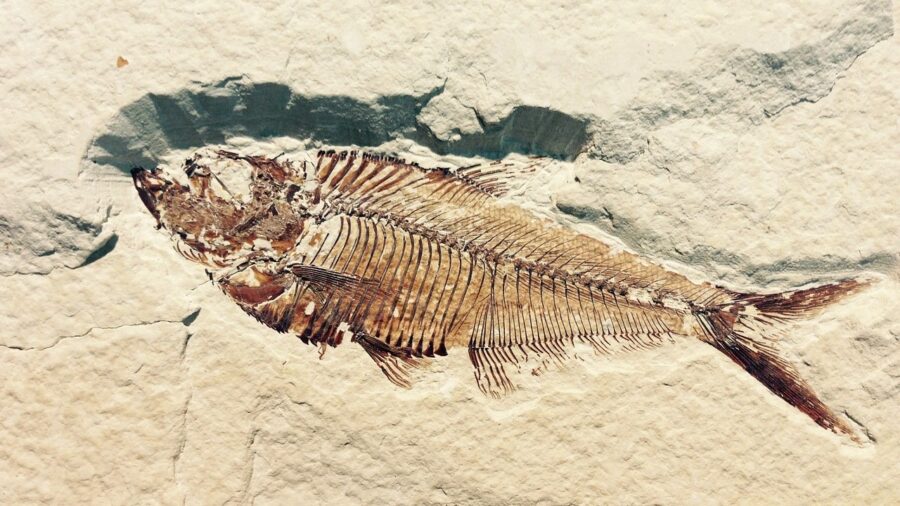
Among the 200 species identified from the school, the fossilized bones of dolphins, whales, and fish were present as well as fossils from shore-dwelling creatures like sandpipers. Fossilized driftwood and plants were discovered, providing a glimpse into the ecosystem of the Miocene and Pleistocene shoreline. The most common discovery in the dearth of unearthed fossils is the fossilized remains of algae, indicating a rich food source for the prehistoric vertebrates who met their demise on the ancient sea floor.
Learning More About Prehistoric Eras
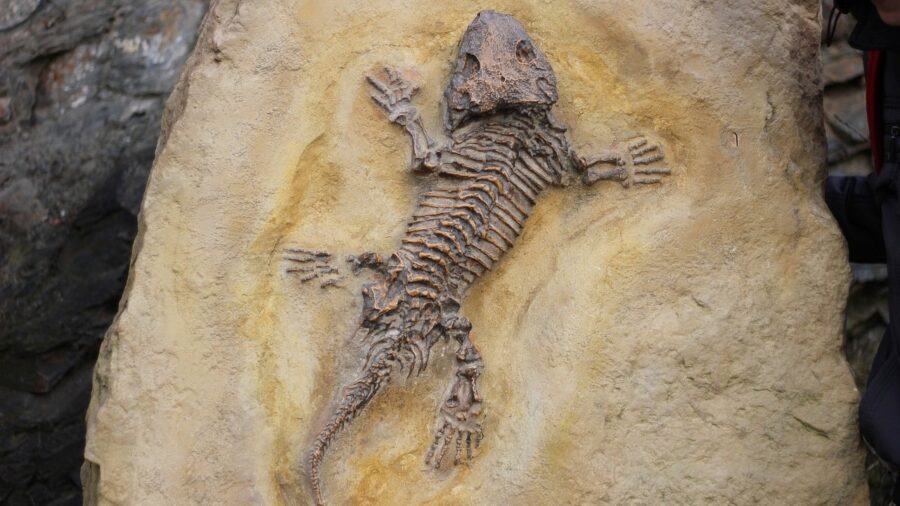
The trenches at the high school yielded fossils that will help researchers reconstruct the ecosystem of the Miocene and Pleistocene prehistoric eras. Using the different fossils and testing for mineral content, scientists can see how different species interacted with each other, mainly to see who was eating who. These insights are a big step forward in the study of prehistoric ocean environments, informing our understanding of many now-extinct species that didn’t ever coexist with humans.
The Location Was Once Underwater
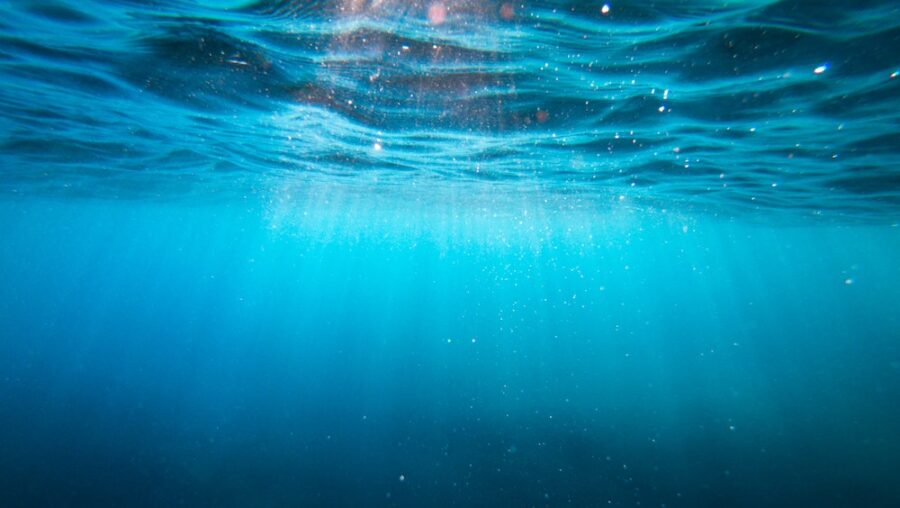
The two fossil beds were within what’s known as a submarine channel that carried water from a shallower area into the deeper ocean. Where San Pedro High School now sits, on a peninsula off of LA, was once the underwater home to a thriving ecosystem, now long deceased and remaining only as fossils.
The topography of the area was some shoreline as well as some nearby volcanic activity, according to the mineral and fossil evidence, indicating that there was likely a nearby island from which shore debris was washed into the ocean.
A Great Opportunity For Students

Students at San Pedro High School where the fossils were discovered got to see the fossils before they go on display anywhere else, and Wayne Bischoff gave a presentation to the students about the findings at the site. The school has been able to cultivate a relationship with researchers, allowing some to explore careers in paleontology and try internships since the discovery of the fossils.
Students even had the opportunity to get hands-on experience helping to sort the fossils, giving them a unique educational opportunity.
Source: Los Angeles Times












